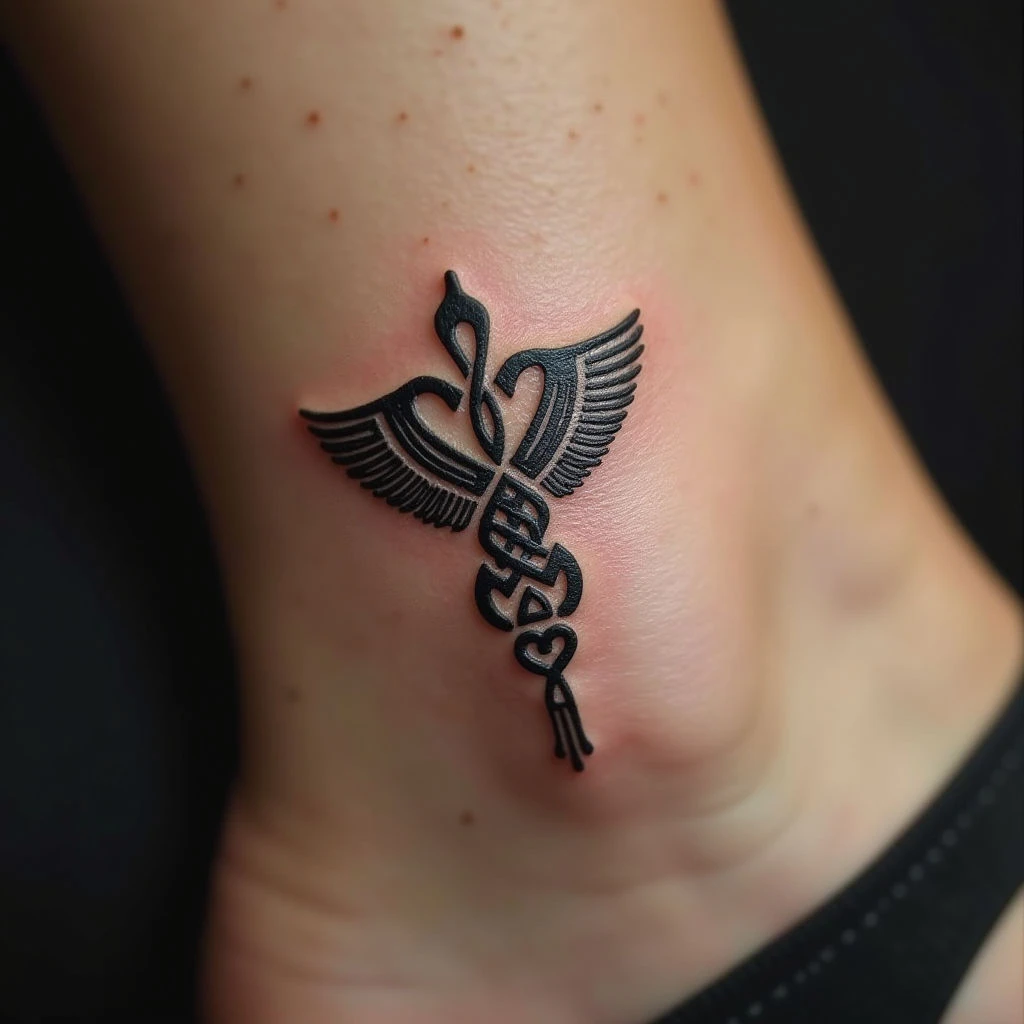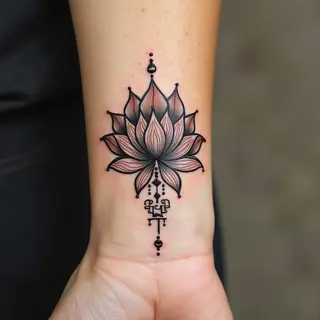Ancient Tattoos: A Journey Through History and Symbolism
Across the globe, ancient cultures embraced tattooing—it wasn't just about decoration. These markings were powerful expressions of ritual, storytelling, and personal identity, deeply connected to spirituality and social standing.
A Look Back in Time
Remarkable evidence of ancient tattoos has surfaced on mummified remains spanning thousands of years. Think about the Iceman Ötzi, or the many Egyptian mummies—they offer a tangible link to these practices. Polynesian cultures cultivated elaborate tattoo traditions called 'tatau,' while Celtic warriors used them to display clan loyalty and courage. Even ancient Greek sailors marked their bodies with protective symbols before setting sail.
The Language of Symbols
The meanings behind these tattoos varied considerably, shaped by culture and context. Let's explore a few examples:
-
Celtic Knots
These intricate designs represent eternity, the interconnectedness of all things, and life's cyclical nature.
-
Egyptian Hieroglyphs
Hieroglyphs weren’t just pretty pictures; they conveyed names, titles, or even prayers—often linked to specific deities.
-
Polynesian Motifs (Sharks, Turtles)
These symbols often represent strength, wisdom, protection, and a deep connection to the ocean. A shark might signify power, while a turtle embodies longevity.
-
Japanese Irezumi (Traditional Tattoos)
Dragons symbolize power and good fortune, Koi fish represent perseverance—the relentless pursuit of goals—and cherry blossoms evoke beauty and the fleeting nature of life.
Modern Meanings
While these historical meanings remain important, today’s tattoo enthusiasts often add their own personal touch. A Celtic knot might represent a commitment to family; a Polynesian shark could symbolize overcoming life's challenges.


